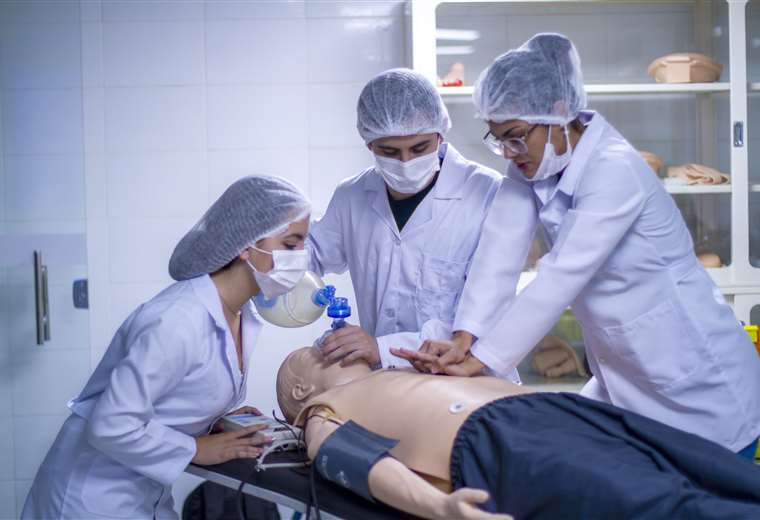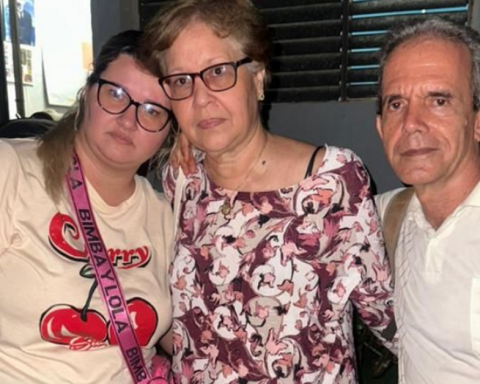December 20, 2022, 3:00 PM
December 20, 2022, 3:00 PM
The coronavirus pandemic challenged the foundations of higher education. The institutions continued with their educational programs without losing the quality of university teaching.
Imagination and the capacity for resilience and adaptation to change prompted some universities to immediately implement reengineering processes to migrate classrooms, libraries, and laboratories to virtual education. arisethis way, renewed and innovative alternatives to students.
Soon, classrooms and laboratories with simulators stormed in the educational scenario and assumed an active leading role in student training. Its use during learning allows them to be more autonomous and responsible, with advanced hybrid learning experiences (face-to-face and distance). The first results are highly encouraging.
A couple of years earlier, some universities had started this innovative and transformative process. The student, they consider, has to be in contact with the patient from the first day. Therefore, migrating to the new ways of educating was not traumatic for them.
What are simulators?
Simulators in higher education are part of one of the active methodologies of the training process and the acquisition of competences, that is, simulation-based learning.
These are tools that allow students to learn without the danger of destroying real resources. In addition, it has the added benefit of condense, in the time that a university semester lasts, processes that in the real world will take years to produce.
Once the student knows the contents, he works on them in a case discussion practice. They then continue into the simulation room to corroborate what has been learned in a simulated scenario. These exercises demonstrate the skills acquired by the students that will later be applied in real contexts, assured Luis Gómez Peña, director of the Medicine course at the Franz Tamayo University, Unifranz Santa Cruz.
In the field of Medicine, for example, simulators recreate situations close to reality to reduce or avoid errors. Thus, They help to lose fear. Its importance lies in gaining confidence and giving manual skills to the new professional.
“Simulators teach students to have their first interaction with the patient in the near future because it teaches them how they have to work. When they go to clinics to carry out hospital practices they will already have manual skills,” he said, for his part, Benyamin Largo, a teacher of the same course.
Unifranz is one of the universities that has adopted simulators for the training of professionals. It pursues its policy of “learning by doing”. Careers such as Medicine and Economic and Financial Engineering use the simulators from the first semester for different activities, depending on the type of training and competence that they want to achieve with the students.
“We have, for example, CPR dolls that help us to carry out a cardiopulmonary resuscitation process, dolls that simulate lung and heart sounds and other pathologies (…). It is necessary that we do it in the laboratory so that our students are trained from the beginning so that, when they go to real patients, they have more defined skills and can carry out an adequate professional job”, said the director of Medicine of La Paz, Griselda Vargas.
Technology for decision making
Simulators become a learning resource ideal for planning, making decisions and analyzing projections in a fictional environment that recreates a real environment. LFuture professionals gain experience in their areas of study from the first semesters.
Health Sciences has three-dimensional virtual anatomical tables that allow you to explore the anatomical structures of the human body in three dimensions, make cuts, separate organs, muscles and other parts.
Meanwhile, the Faculty of Business Sciences uses business simulators to allow students to play various roles or roles within the scope of the organization. In addition, it generates a link between theory and practice, expanding its global vision of the career they study.
Gómez Peña, head of the medical course at Unifranz Santa Cruz, believes that transforming universities, in their desire to meet the demands of society and the scientific community, must incorporate the new active methodologies into the daily work of the teacher. “It is to achieve the different training spaces are really a real learning for everyone”, he concluded.
















